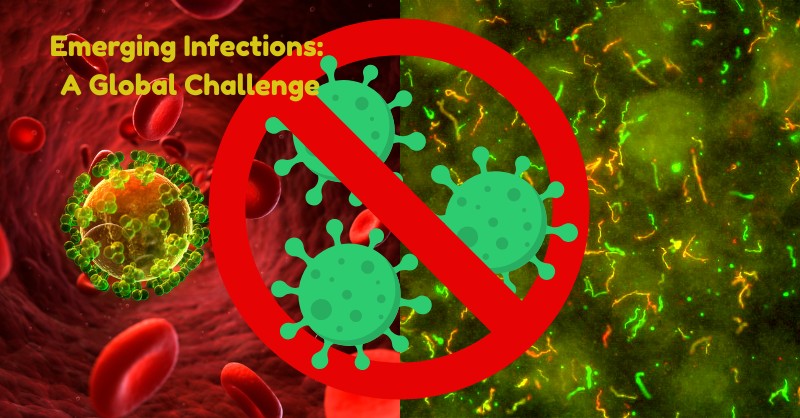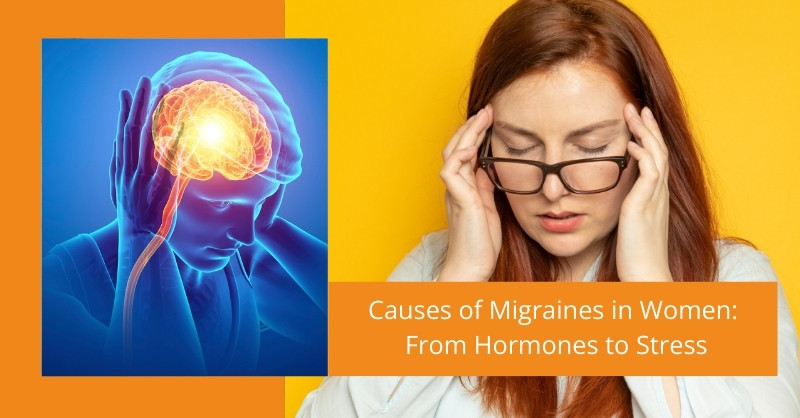Emerging Infectious Diseases: Global Threats and Prevention
Understanding the Spread of New Pathogens
Emerging infectious diseases pose a serious global health risk. These diseases include new infections and those that are spreading rapidly across regions. Factors like climate change, urbanization, and increased global travel contribute to their rise. Therefore, understanding their causes and preventive measures is essential for public health.
In recent years, the world has witnessed the emergence of several infectious diseases, some of which have led to global pandemics. Consequently, these outbreaks have highlighted the importance of disease surveillance, early detection, and rapid response strategies. By identifying patterns and potential risks, scientists and health organizations can work towards minimizing the impact of these diseases.
Drivers of Disease Emergence: Key Factors
Emerging infectious diseases can arise due to various reasons. The following factors significantly contribute to their emergence:
- Zoonotic Transmission – Many diseases originate from animals and jump to humans, such as COVID-19 and Ebola. This occurs when humans come into close contact with infected animals, either through direct handling or consumption of contaminated animal products. Therefore, reducing human-wildlife interaction is crucial.
- Antimicrobial Resistance – Overuse of antibiotics leads to resistant bacteria, making infections harder to treat. As a result, this issue is exacerbated by the misuse of antibiotics in both healthcare and agriculture, leading to strains of bacteria that no longer respond to standard treatments. Thus, controlling antibiotic use is necessary.
- Climate Change – Warmer temperatures help disease-carrying vectors like mosquitoes thrive, increasing cases of malaria and dengue. In addition, rising temperatures and changes in precipitation patterns can alter the geographical distribution of infectious diseases. Consequently, this makes vector control more challenging.
- Globalization and Travel – The rapid movement of people and goods enables diseases to spread quickly across borders. In fact, a localized outbreak can turn into a global crisis within days due to increased international connectivity. Therefore, monitoring travel-related diseases is essential.
- Deforestation and Urbanization – Destroying wildlife habitats forces animals and humans into closer contact, increasing the risk of disease transmission. When ecosystems are disrupted, the chances of zoonotic spillover events rise significantly. As a result, preserving natural habitats can help mitigate risks.
Emerging infectious diseases: Recent Examples of Global Health Threats
Several infectious diseases have emerged in recent years, impacting global health. Some of the most notable ones include:
- COVID-19 – A respiratory illness caused by the SARS-CoV-2 virus that led to a worldwide pandemic.
- Ebola Virus Disease – A severe hemorrhagic fever with a high fatality rate, often transmitted through bodily fluids.
- Zika Virus – Transmitted by mosquitoes, affecting pregnant women and newborns, leading to birth defects.
- Nipah Virus – A zoonotic virus that spreads from animals to humans, causing severe brain inflammation and high mortality rates.
- Avian Influenza – A viral infection that spreads among birds and sometimes to humans, causing respiratory illnesses.
- Monkeypox – A viral disease similar to smallpox that has recently re-emerged in various regions.
- MERS (Middle East Respiratory Syndrome) – A viral respiratory illness caused by a coronavirus linked to camels.
Transmission Pathways: How Diseases Spread
Understanding how these diseases spread helps in controlling outbreaks. The most common transmission methods include:
- Human-to-Human Transmission – Spread through direct contact, respiratory droplets, or bodily fluids. Consequently, diseases like COVID-19 and influenza primarily spread this way. Thus, wearing masks and practicing hygiene are effective measures.
- Animal-to-Human Transmission – Some diseases originate in animals and transfer to humans through bites or handling infected animals. For example, rabies and Ebola fall into this category. Therefore, avoiding wild animal contact is advisable.
- Environmental Transmission – Contaminated food, water, or surfaces can lead to infections. Therefore, poor sanitation increases the risk of transmission. Thus, improving hygiene practices is essential.
- Insect Vectors – Mosquitoes, ticks, and fleas play a role in transmitting viruses and bacteria, such as malaria and Lyme disease. As a result, controlling vector populations is crucial in preventing outbreaks.
Emerging infectious diseases: Effective Strategies for Disease Prevention
Preventing emerging infectious diseases requires coordinated efforts at multiple levels. To effectively mitigate risks, the following strategies should be implemented:
- Strengthening Global Surveillance – Early detection and rapid response are crucial in preventing outbreaks. Organizations like WHO and CDC monitor disease patterns worldwide. As a result, data-sharing and international collaboration improve response strategies. Therefore, increased funding for surveillance programs is necessary.
- Enhancing Public Health Measures – Governments must implement robust healthcare systems, ensuring early diagnosis and treatment of infectious diseases. Furthermore, investment in public health infrastructure and laboratory capacity is essential for handling outbreaks effectively. Consequently, improving healthcare access can help control diseases.
- Promoting Vaccination Programs – Vaccines protect against many diseases. Expanding immunization programs helps prevent large-scale outbreaks. In addition, research and development of new vaccines are critical to staying ahead of emerging threats. Thus, raising awareness about vaccine benefits is necessary.
- Controlling Vector-Borne Diseases – Eliminating mosquito breeding grounds in residential and public areas. Using insect repellent and wearing protective clothing to reduce exposure. Implementing public awareness campaigns to educate people on vector control measures. As a result, these measures help reduce disease transmission from insect vectors.
- Reducing Antimicrobial Resistance – Avoiding overuse of antibiotics in both medical and agricultural settings. Encouraging research for new drugs and alternative treatments. Educating the public about responsible antibiotic use to slow resistance development. Consequently, responsible antibiotic use helps prevent drug-resistant infections.
- Strengthening Hygiene and Sanitation – Improving access to clean water and sanitation facilities. Encouraging frequent handwashing and proper hygiene practices. Ensuring safe food handling and preparation methods to prevent contamination. Thus, hygiene improvement plays a key role in disease prevention.
Emerging infectious diseases: Individual Actions for Community Health
Individuals play a critical role in disease prevention by taking proactive steps such as:
- Practicing Good Hygiene – Regular handwashing and sanitizing surfaces reduce the risk of infections.
- Wearing Masks and Social Distancing – Helps control respiratory infections, especially in crowded areas.
- Seeking Medical Attention – Early diagnosis and treatment improve recovery chances and reduce transmission.
- Following Travel Advisories – Avoiding high-risk areas can prevent exposure to infectious diseases.
- Supporting Research and Awareness – Promoting knowledge about infectious diseases helps in their control and prevention.
- Maintaining a Healthy Lifestyle – Strong immune systems reduce vulnerability to infections through proper nutrition, exercise, and stress management.
Emerging infectious diseases: Future Challenges in Disease Management
Despite advancements in medical research, several challenges remain. These include:
- Funding and Resource Allocation – Many regions lack the financial and medical resources needed for effective disease control.
- Vaccine Hesitancy – Misinformation and distrust in vaccines hinder immunization efforts.
- Climate Change Impact – Unpredictable environmental changes continue to create new disease hotspots.
- Antibiotic Resistance – The ongoing rise of drug-resistant infections poses a major public health crisis.
- Global Coordination – International collaboration is vital but often hindered by political and logistical barriers.
A Collaborative Approach to Global Health Security
Emerging infectious diseases are a growing threat, but proactive measures can help mitigate their impact. Strengthening global surveillance, promoting vaccinations, and encouraging personal hygiene can prevent the spread of infections. Therefore, governments, scientists, and individuals must work together to combat future outbreaks. By staying informed, adopting preventive measures, and supporting research, we can build a healthier and more resilient world.



